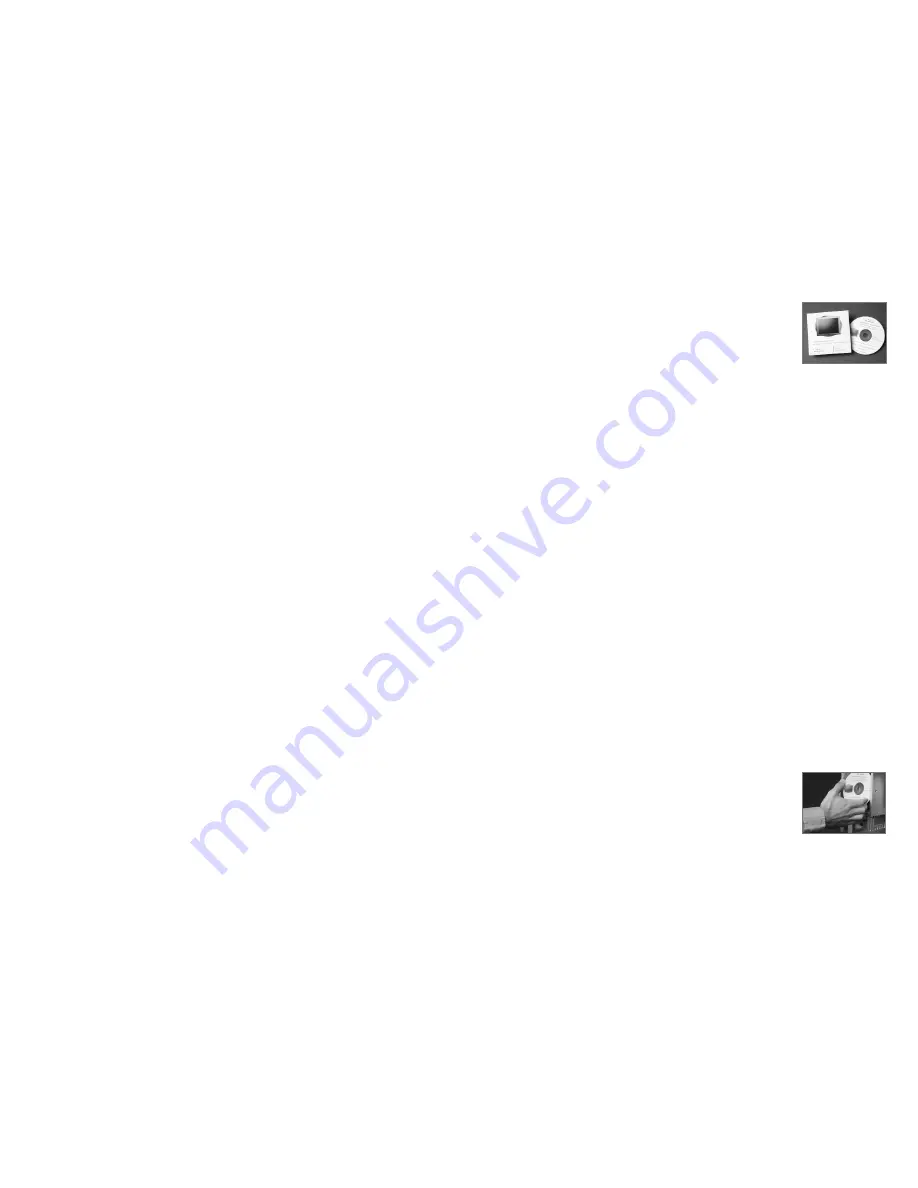
4
5
CREATING CONTENT FOR THE DS15
The Planar Content Manager Software disc that has been provided
with the DS15 contains a document called
“Content Creator
Guidelines”
which should be provided to the marketing department
or advertising agency.
Fig. F
CONTENT IMPORTING AND SCHEDULING
Once a content set has been designed and saved in a standard file format (e.g. html or .swf
for Flash files) it can be easily imported into Content Manager by opening the import
button and selecting the “root/homepage” or “starting” file. If content is created following
Planar’s Content Developer guidelines, the accompanying .XML file will enable instant
importing of content into Content Manager.
DEPLOYING CONTENT
Once a schedule has been established, simply click on the Deploy tab and the content
set can be burned to a CD for use in standalone applications or saved to a local file
server for deployment in a networked environment.
The DS15 has a built-in Wizard feature to make content importing and scheduling
easier, as well as a Help feature that delivers context sensitive support for all functions.
For simple content import, schedule and deployment:
• Launch Planar Content Manager.
• On the menu bar choose Assistant | Simple CD Burn.
• The Simple CD Burn Assistant will walk the user through loading of content,
scheduling the content for playback and deploying content to a CD.
Please refer to Planar Content Manager’s Online Help for specific details on the use
of Planar Content Manager.
Operating in non-networked (local) mode
CD’s are used for deploying content.
The CD is output by
Content Manager and will be provided by those responsible
for loading and scheduling content.
The CD should be inserted,
printed side facing away from the front of the unit, into the
CD/DVD player. This disc will include all scheduling instructions,
To insert the Content CD, open the door of the CD/DVD drive on the back of the unit.
The door is secured by two Philips screws. Insert disk with the printed side facing away
from the front of the unit as shown.
Fig. G.
The content and playback schedule will be
loaded automatically. When completed, the disc will be ejected and the content will
begin to play as scheduled.
Fig. F
Fig. G
CONTENT MANAGER SET-UP
Content Manager Installation
Planar Content Manager software allows content to be imported, scheduled and packaged
for playback on the DS15. Content to be played on the DS15 must be packaged using
the Planar Content Manager application.
Once the content is imported, Content Manager allows the user to perform
the following functions:
• Preview content
• Create customized playback schedules with the calendar-based scheduler
• Sequence messaging throughout the course of a day
• Coordinate product promotions on a seasonal, promotional or geographic basis
• Create special exceptions to standard schedules for one-time events
• Pre-schedule the DS15 to go into “sleep” mode for non-business hours
• Pre-schedule the DS15 to automatically begin playing once business resumes
• Set the timeout function for an automated return to the content’s home
page if navigation is abandoned
The desktop-based Content Manager program makes narrowcasting the right message
to the right audience at the right time easier than ever. Using a simple point-and-click
scheduling approach, its calendar-like interface design eliminates the need for
complex programming.
Planar Content Manager is to be installed on a desktop or laptop PC (NOT ON THE DS15).
1. To install Planar Content Manager, put the Content Manager CD in the
DESKTOP CD drive.
DO NOT INSERT THIS CD IN THE DS15 UNIT. Please see Planar Content
Manager help files for detailed information on using Content Manager.
2. Once content has been created, the content can be deployed locally or remotely.
For local deployment, use the Content Manager software to burn a Content
CD (this is different than the Content Manager CD). The Content CD may be
inserted into the DS15 for loading.
For remote deployment, use the Administrator software to deploy the content
over a network.
CONTENT DESIGN
Content is a self-referencing set of files that can include a variety of rich media
formats including HTML, Flash, Shockwave, QuickTime, and Windows Media Player.
Developed to support specific products, categories, promotions, or events, content
sets can be developed by internal marketing departments or external creative
agencies using industry-standard design tools.

























